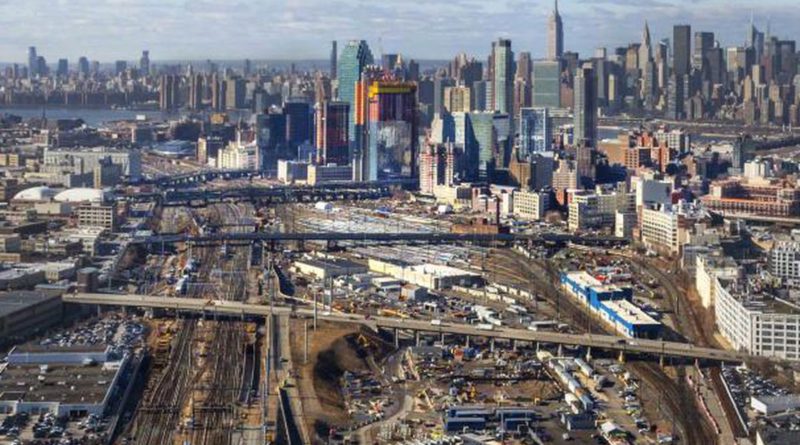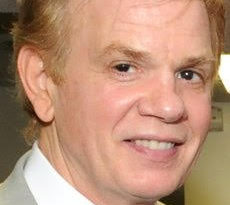Locals fear developments would worsen gentrification
By Benjamin Fang, [email protected]
The city’s first public meeting on the massive Sunnyside Yard project drew hundreds of locals who gave their input on the development.
Hosted at LaGuardia Community College on October 24, the workshop-style event invited attendees to give their thoughts about neighborhood needs, top priorities and other concerns in western Queens.
Cali Williams, director of the Sunnyside Yard project at the Economic Development Corporation (EDC), said the city will host at least four public meetings in total to collect feedback from people who live and work in the area.
“This is a generational, historic planning effort we just started earlier this summer to come up with a vision for this site,” she said. “We will take the input that we hear and come back with a draft plan.”
EDC has begun its 18-month process to create a master plan for Sunnyside Yard, with the goal of forming a vision for the project and identifying initial phases of development.
A team of consultants, led by Vishaan Chakrabarti’s Practice for Architecture and Urbanism (PAU), will work on the master plan, including engineering, financing and public engagement.
The master plan will be guided by a steering committee, made up of elected officials, community leaders, and content and thought experts. Consultants and steering committee members were at the meeting last week to talk to residents.
Williams said there’s nothing set in stone yet for Sunnyside Yard, and that city officials are listening to local stakeholders about what they’d like to see at railyard.
“This is a true public process,” she said. “There’s no set plan here.”
At 180 acres, Sunnyside Yard is 20 percent bigger than Roosevelt Island and Battery Park City. It’s six times bigger than Hudson Yard.
EDC’s feasibility study concluded that up to 85 percent of the railyard could be capped to build 24,000 new housing units, open space, new schools and retail and community facilities.
Amtrak owns 140 of the 180 acres, and the rest is owned by the MTA and private entities. The city has the air rights above the MTA portion.
“Any development here would be built over many decades,” Williams said. “We’re thinking not just about what people living in the surrounding neighborhoods need in the near term, but also what our children and grandchildren will need in the future.”
Long Island City resident Dan Ferrante said while he usually favors development over nothing, he wanted to see what the city wants to do with the railyard.
“I think the growth of Long Island City is such that they’re going to have to increase capacity tremendously on a system that is already strained,” he said.




